Microsoft a publié hier soir son traditionnel Patch Tuesday pour Windows 10. Pour ceux qui ont installé la Fall Creators Update, la mise à jour est reprise sous le nom KB9974588 sur Windows Update et porte le numéro de Build 16299.248.
Chaque second mardi du mois est un rituel pour Microsoft : la publication de son Patch Tuesday pour Windows 10. Celui-ci ne fait pas exception puisque vous pouvez dès à présent télécharger la mise à jour cumulative depuis Windows Update. Elle inclut comme d’habitude des améliorations de sécurité, ainsi que divers correctifs pour améliorer les performances de votre machine.
Le changelog de ce mois-ci est assez conséquent. La mise à jour inclut des correctifs pour les problèmes avec les claviers Bluetooth, la désactivation inopinée de l’audio Surround, l’accès non autorisé aux modes InPrivate des navigateurs par les enfants, l’améliorations de performances DirectX et j’en passe. Vous retrouverez ci-dessous la liste complète publiée par Microsoft.
- Addresses issue where child accounts are able to access InPrivate mode on ARM devices even though their browsing and search history is sent to their parents. This occurs only on Microsoft accounts belonging to children that are managed using the Microsoft Family service and for which parents have enabled activity reporting. This applies to Microsoft Edge and Internet Explorer.
- Addresses issue with docking and undocking Internet Explorer windows.
- Addresses issue in Internet Explorer where pressing the delete key inserted a new line in input boxes in an application.
- Addresses issue in Internet Explorer where selected elements wouldn't update under certain circumstances.
- Addresses issue where some users may have experienced issues logging into some websites when using third-party account credentials in Microsoft Edge.
- Updates time zone information.
- Addresses issue with browser Compatibility View settings that occurs during updates.
- Addresses issue where, in certain hardware configurations, the frame rates of DirectX Games were unintentionally limited to a factor of the display's vertical synchronization.
- Addresses issue that causes delays when switching keyboard languages using Alt+Shift.
- Addresses issue where surround sound audio endpoints reverted to stereo after restarting.
- Improves and reduces conditions where certain Bluetooth keyboards drop keys during reconnection scenarios.
- Corrects mouse delays for devices that incorrectly report the battery level status.
- Addresses issue where MMC application snap-ins—such as Services, Local Policy Admin, and Printer Management—fail to run when Windows Defender Application Control (Device Guard) is turned on. The error is "Object doesn't support this property or method".
- Prevents use of the Pre-production Onesettings endpoint for Windows Setup when test signing is enabled.
- Addresses issue where installations of Windows Server, version 1709 are not automatically activated using the Automated Virtual Machine Activation (AVMA) feature on Hyper-V hosts that have been activated.
- Addresses issue with the Auto-register Inbox templates feature for UEV where the Scheduled Task didn't have the proper trigger.
- Addresses issue where the App-V client didn't read the policy for SyncOnBatteriesEnabled when the policy was set using a Group Policy Object (GPO).
- Addresses issue where the Supported On field for the Enable App-V Client policy is blank in the Group Policy editor.
- Addresses issue where the user’s hive data in the registry is not maintained correctly when some App-V packages belong to the connection group.
- Provides additional logging for administrators to take action, such as picking a proper configuration for their App-V package, when there are multiple configuration files for a single package.
- Addresses issue with App-V packages that aren't compatible with registry virtualization using kernel containers. To address the issue, we changed the registry virtualization to use the earlier (non-container) method by default. Customers who would like to use the new (kernel container) method for registry virtualization can still switch to it by setting the following registry value to 1:
- Path: HKEY_LOCAL_MACHINE\SOFTWARE\Microsoft\AppV\Client\Compatibility
- Setting: ContainerRegistryEnabled
- DataType: DWORD
- Security updates to Microsoft Scripting Engine, Microsoft Edge, Internet Explorer, Microsoft Windows Search component, Windows Kernel, Windows Authentication, Device Guard, Common Log File System driver, and the Windows storage and file systems.
Microsoft a également publié une mise à jour pour les machines sous Windows 10 Creators Update, et cela inclut également les appareils sous Windows 10 Mobile. La nouvelle build porte le numéro 15063.909. La firme n’a par contre pas publié de changelog, mais inutile d’espérer mieux que quelques améliorations mineures et correctifs divers. Vous pouvez la récupérer dès à présent.
Une question sur Windows 10 ?
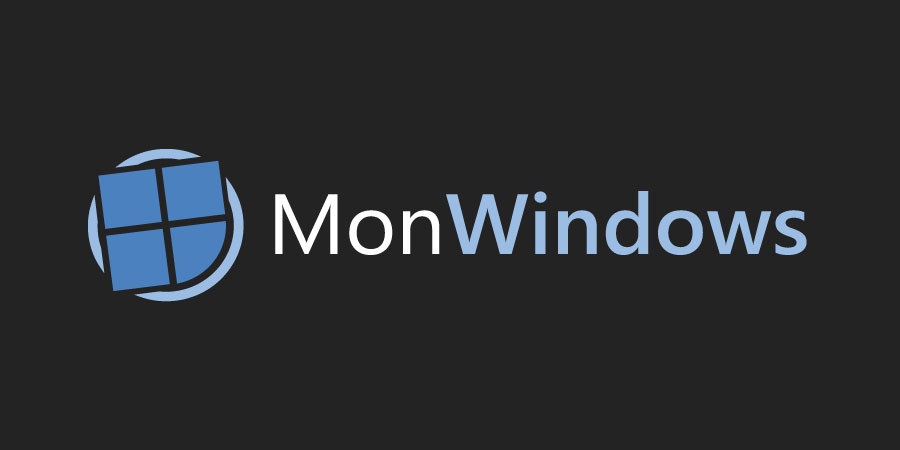
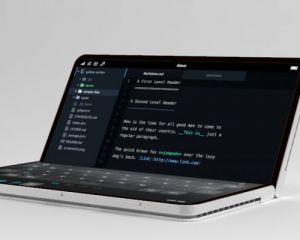
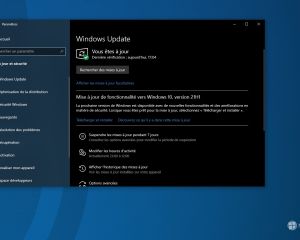
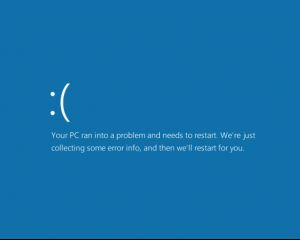
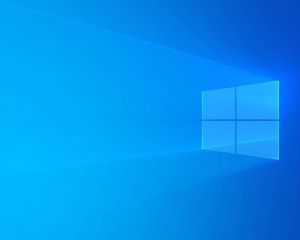
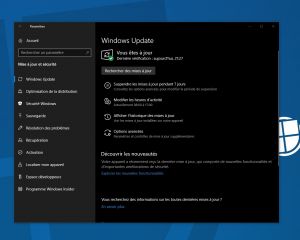
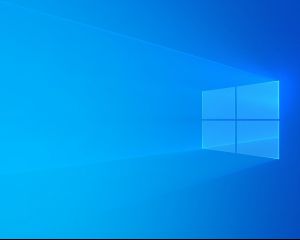
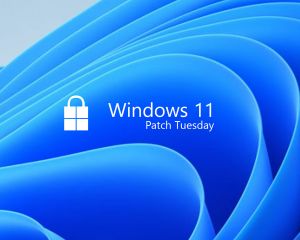
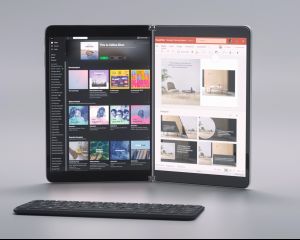
Voir les commentaires